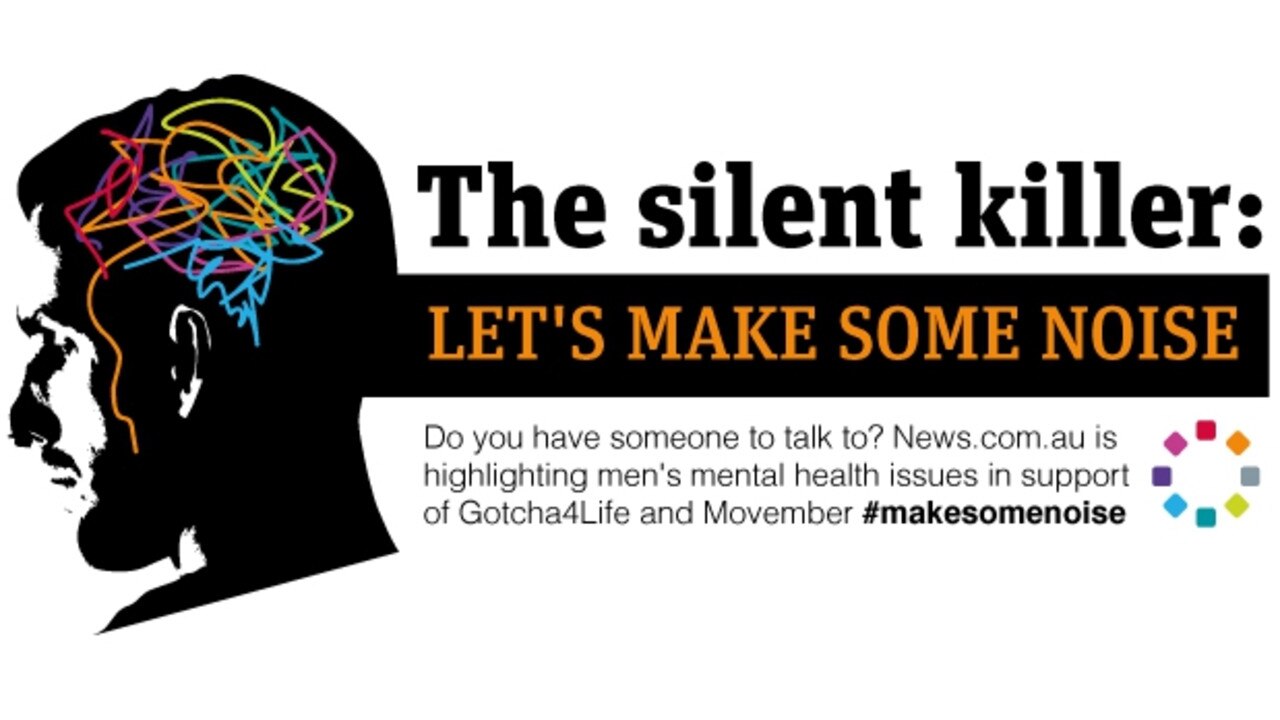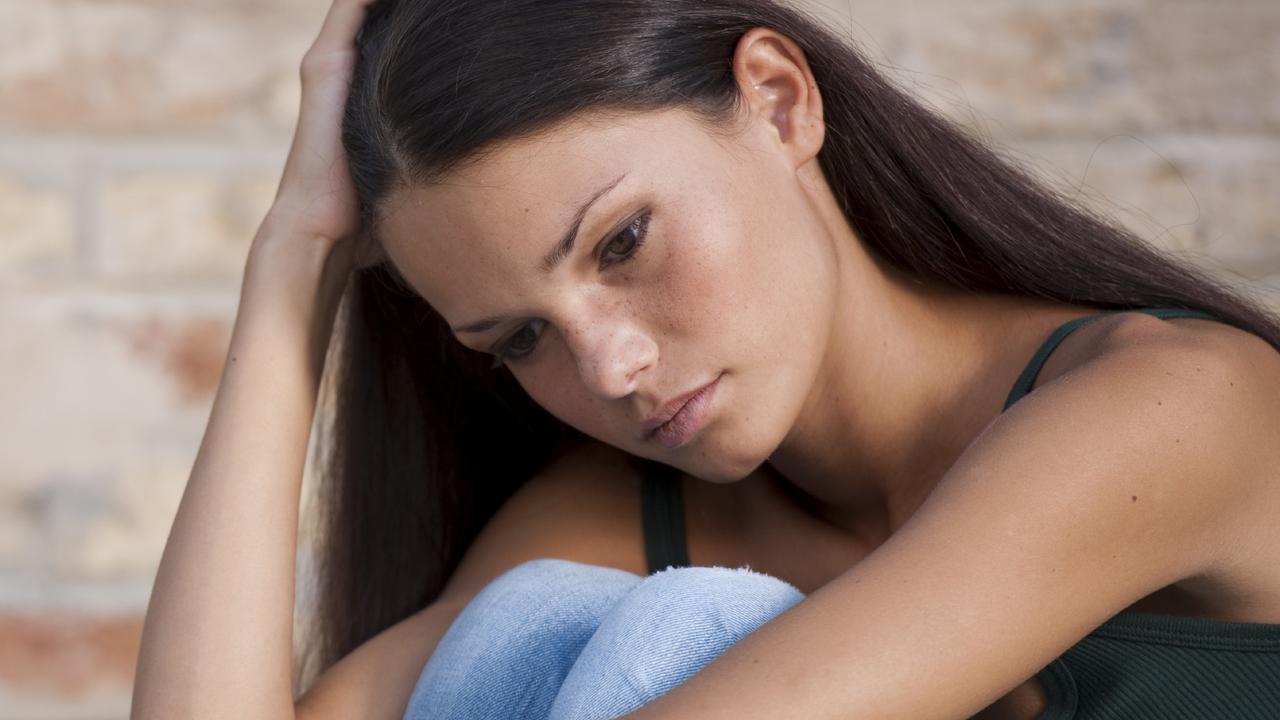Male body image: Australia’s silent mental health scourge
WE SEE images like this all the time — a man’s body rippling with muscles. What we don’t see is the damage it’s doing to Australian men.
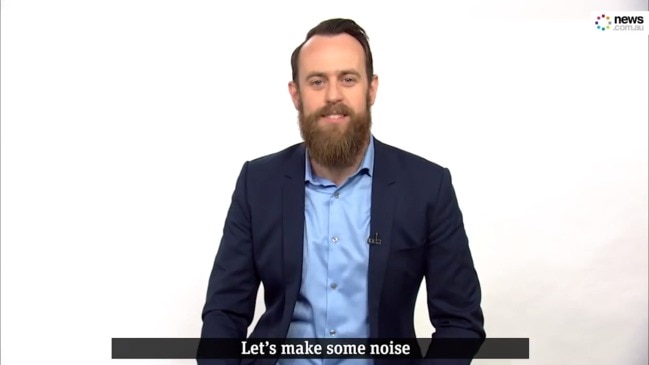
BULGING biceps. Powerful pecs. Breathtaking buns.
I’m quickly running out of alliterative words here, but you get the picture.
It should be a familiar one. Everywhere we look, we are bombarded with images of the ideal male body — and it’s no twig.
Consider the Hollywood Chrises, who share more than a knack for comic timing. They are all chiselled beefcakes.
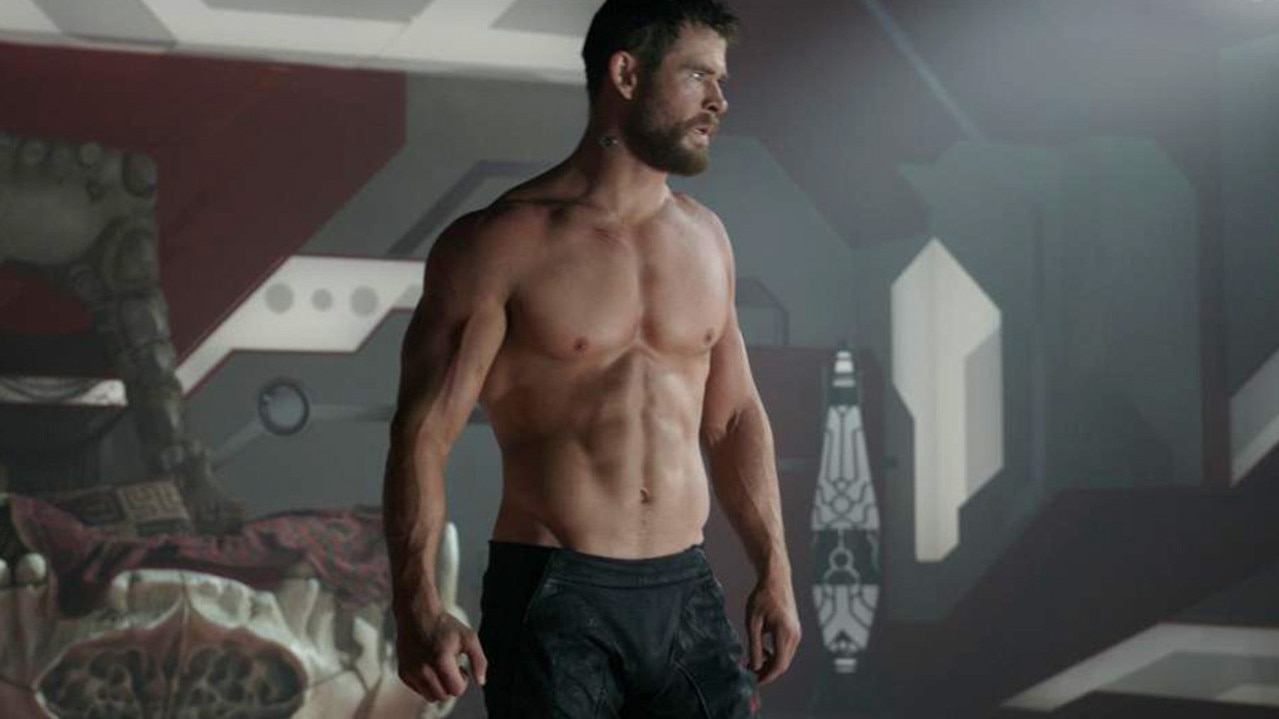

And this phenomenon is not restricted to film. It is reflected on every men’s magazine cover; in our society’s idolisation of sportsmen; in each season of the Bachelor.
We often talk about the dangerous effect popular culture can have on women’s body image and self-esteem. Quietly, boys and men are suffering from the same problem. Confronted with an ideal which is borderline unattainable, they are left feeling inadequate.
News.com.au is highlighting men’s mental health issues as part of our campaign The silent killer: Let’s make some noise in support of Gotcha4Life and Movember.
Body image is one of the most prevalent and insidious causes of those issues.
“If you are a young boy growing up and you have the thought to yourself: ‘Am I attractive?’ This is not something you know implicitly. You look to the world around you for a frame of reference,” Dr Scott Griffiths from the Melbourne School of Psychological Sciences tells news.com.au.
“Plenty of research has shown that the bodies that are depicted in media fitness magazines or TV have become both more muscular and lower in body fat over a period of decades.
“These bodies are further and further away from the average.”
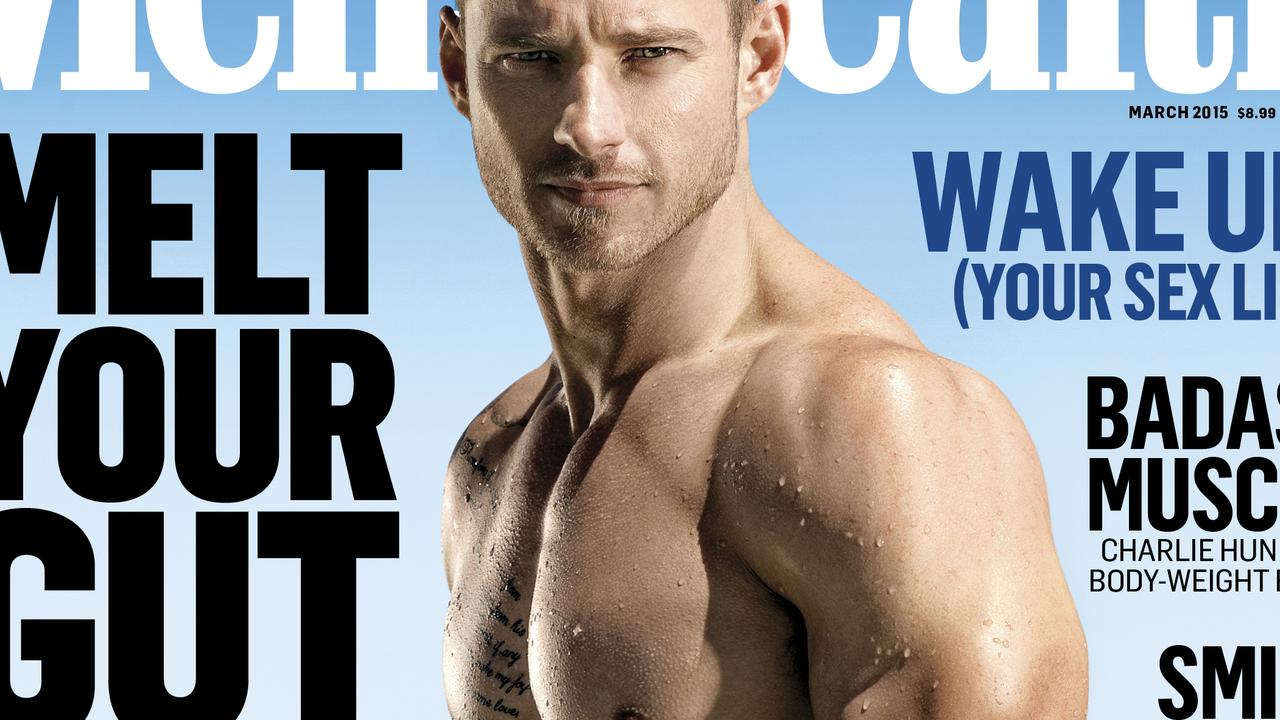
THE ANXIETY TRAP
It’s not just about muscle. Men are affected by all kinds of insecurities.
“Men can be concerned about their hair falling out, or thinking their bodies are too big or too fat or not muscular enough, or lying about their height or their genitals,” Dr Griffiths says.
Take me, for instance. I’ve been slowly but inexorably balding since high school, I’m no taller than five-foot nine and lately I’ve developed this lovely thing called rosacea on my face, which leaves me looking perpetually, weirdly rosy-cheeked.
These worries torment pretty much everyone to some extent.
“At a low level someone might just feel anxious. They might be socially anxious, for example. They come to think that others must be noticing the appearance flaw that they perceive themselves to have, and that can be really bothersome,” Dr Griffiths says.
It doesn’t take much for anxiety to spiral into something far more damaging.
“If it’s something that you ruminate on a lot then you can develop depression,” he says.
“If you start crash dieting and really worrying about what you eat and developing a lot of repetitive behaviours around that, you can develop an eating disorder.
“You might turn to anabolic steroids because you want to build muscle.”
A growing problem, particularly among younger men, is muscle dysmorphia — a sort of reverse anorexia, where no matter how big and muscular you become, you still believe you are too skinny.
“You’re really moving into the domain of psychological disorders that focus on body image and for which men are overwhelmingly the victim.”
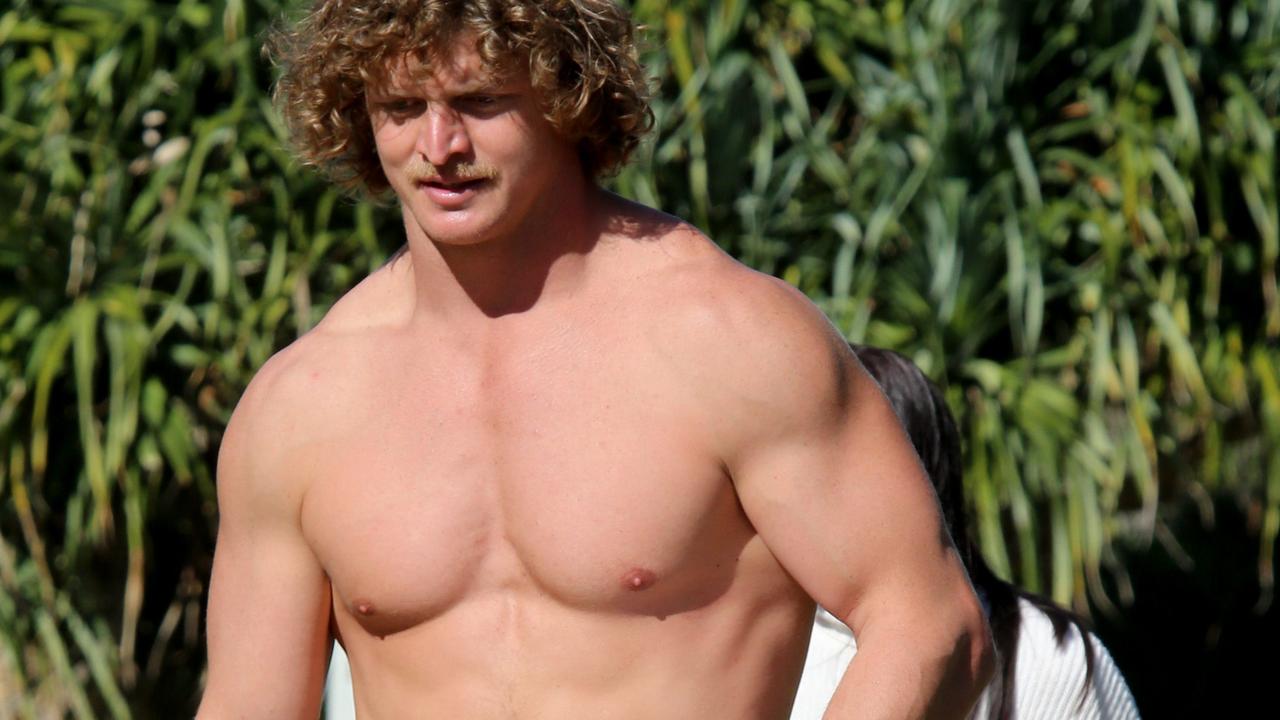
OUT OF REACH
It isn’t easy to get ripped.
A movie star or professional athlete can afford to devote huge amounts of time and effort to the task, because it’s part of their job. For many regular men, that sort of commitment just isn’t possible.
So a rising number are turning to steroids as a shortcut, even though they’re illegal in Australia, and come with the risk of horrible side-effects, including serious and potentially deadly cardiovascular health problems.
The Australian Needle and Syringe Program survey has been gathering data on steroid use for years. It asks participants in the program to reveal the last drug they injected.
“For the longest time, steroids were around 1 per cent. Then that’s really jumped up. It’s around 7 and 8 per cent nationally now,” Dr Griffiths says.
“Among the people in the centre who are first time, new initiates, steroids are the number one most commonly reported drug, and have been for the last six or seven years.”
Men are not taking the risks associated with steroids for performance-enhancing purposes. Their motives are overwhelmingly aesthetic.
“It’s almost unfathomable that they’re all wannabe athletes. It is clear that this is body image that is the driving force behind this modern steroid crisis,” he says.
“If you ask them they’ll say, ‘I wish I had the six pack, broad shoulders and big chest.’”
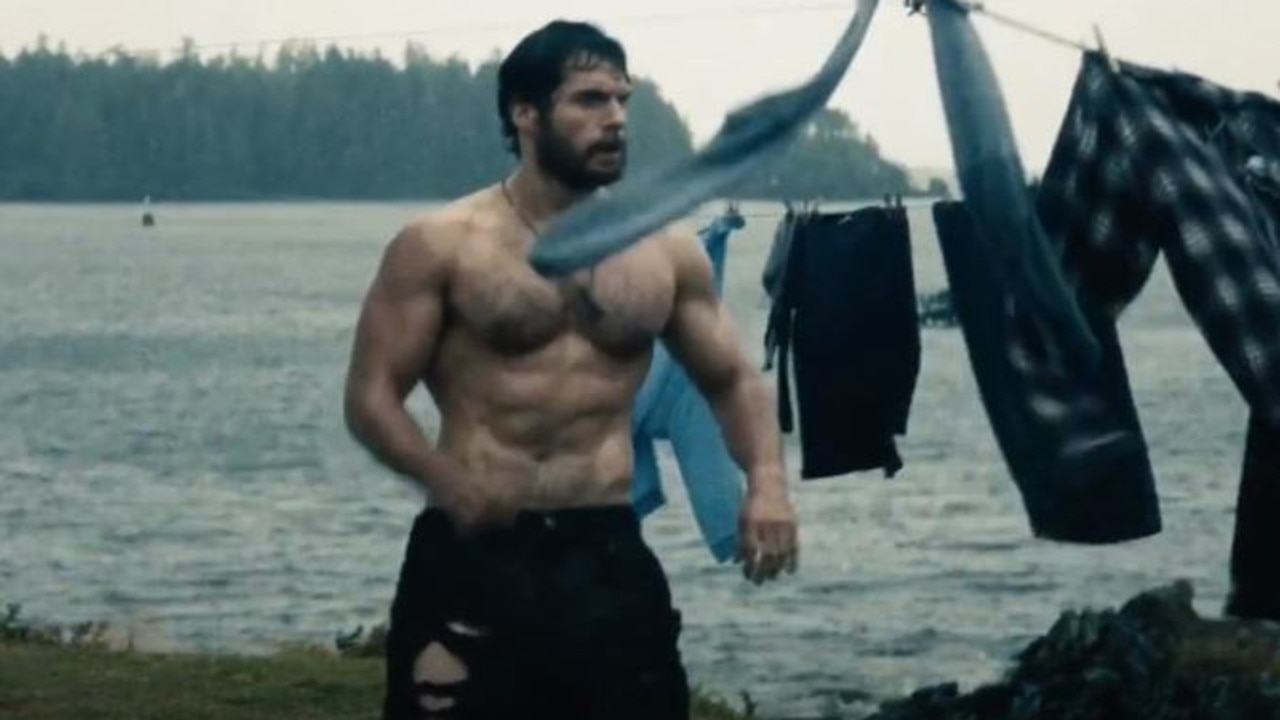
SUFFERING IN SILENCE
A fundamental problem here is that men are far less likely than women to seek help, should they develop body image issues.
“It’s not seen as something men ought to be concerned with in the first place, and disclosing those concerns is almost framed as succumbing to them,” Dr Griffiths says.
“It threatens the sorts of qualities that we traditionally value in men, like stoicism and emotional self-control.”
So how can society help? He says the first step is to ensure men know they are not alone.
“It’s useful to state explicitly that many men have concerns around their appearance. If anything it’s normal,” he says.
“It’s 60 per cent and up. It’s more normal than not to find a guy who doesn’t like at least some aspect of his appearance.
“Beyond that, if someone is struggling with it, it’s worth talking to someone and asking for help.
“Nothing is gained from suffering in silence about concerns that psychologists have the capacity to help people effectively deal with.”
Dr Griffiths cites cognitive behavioural therapy as an effective treatment of body image problems.
“You’re essentially trying to restructure the way they think, and then disrupt any behaviours they’ve habituated over a long time that are in response to really negative thoughts they’ve had about their body,” he says.
“The behaviour part of cognitive behavioural therapy is gradually moving you into more and more confronting social situations so that you can overcome those anxieties.
“It takes a long time, but it does work.”
Help is out there. Australia’s men just need to ask for it.
If you or someone you know needs support with their mental health, please contact one of these support organisations:
• Lifeline 24/7: 13 11 14 or www.lifeline.org.au
• Suicide Call Back Service: 1300 659 467 or www.suicidecallbackservice.org.au
• MensLine Australia: 1300 78 99 78 or www.mensline.org.au
